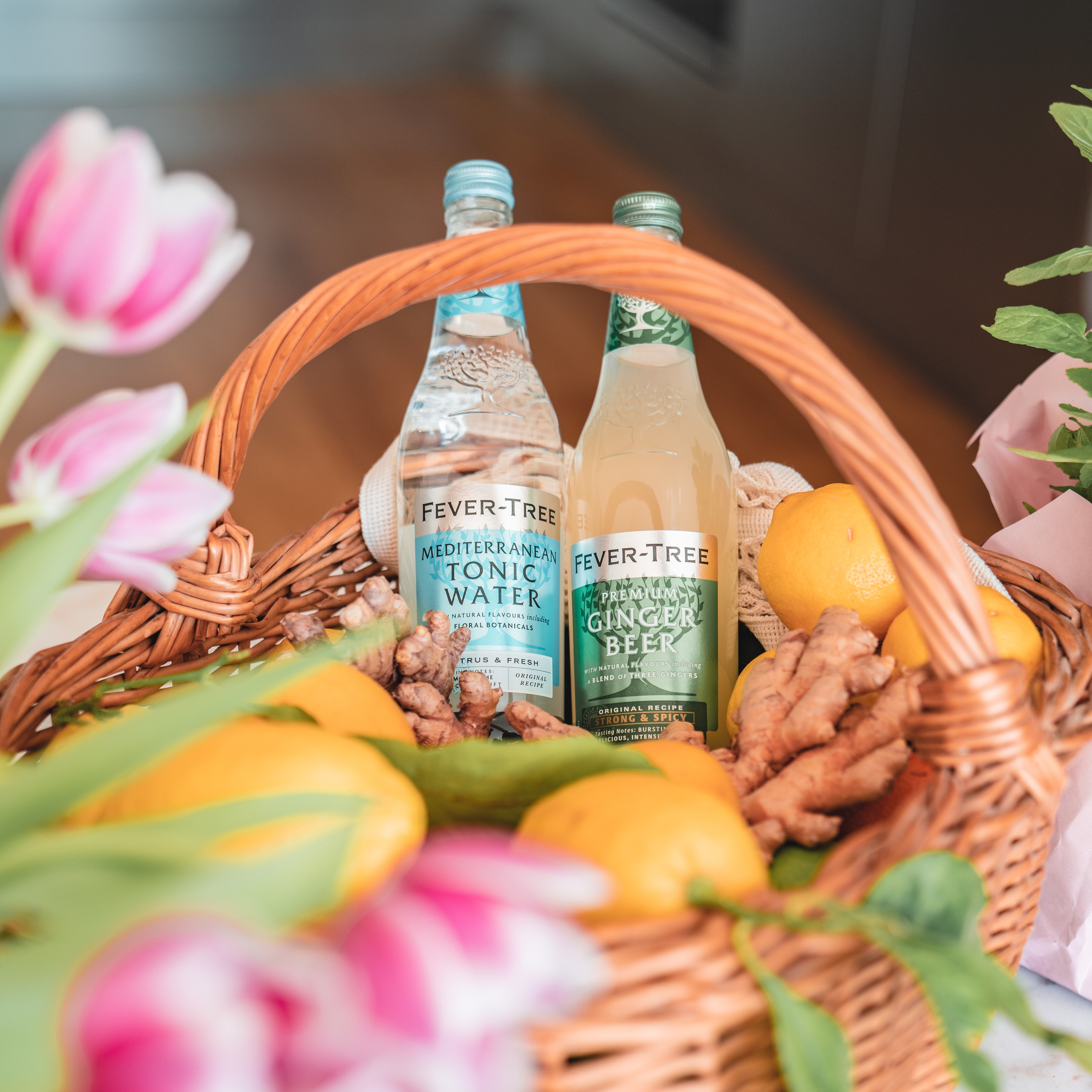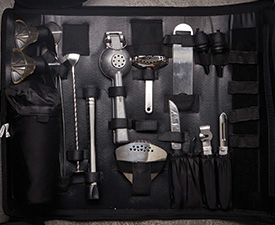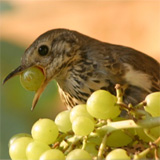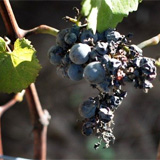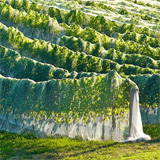While the loss of wine production due to bird damage in the vineyard from a national and worldwide point of view may be insignificant compared to losses due to other factors such as weather, market fluctuations and poor land management, the cost of bird damage may be the difference between profit and loss to individual growers.
The exact loss of grape yields to bird and other pests in volume and dollars is difficult and expensive to measure. Some birds remove the whole grape while others peck at the fruit leaving it open to fungal infection. The seeping juice attracts wasps, though some reports show that this can be beneficial as they limit the dripping of juice that would otherwise spoil the rest of the fruit-bunch and causes fungal rot. In certain weather conditions and if fungal diseases are rife, this 'secondary' damage is potentially devastating.
During veraison, when vines are working hard to make fruit that is sweet and attractive to birds in order to propagate themselves, certain birds become a pest to grape growers. By doing the very thing nature intends them to do, which is to eat the fruit and spread the seeds of the grapes, birds can decimate an entire vintage. To keep birds from pecking away a year's worth of wine, vineyard managers employ a variety of strategies: from shiny, blinding tinsel-like flags, scarecrows and sonic bird control devices which emit bird distress calls and predator cries that frighten pest birds in large outdoor areas, to air guns that go off at predetermined intervals.
Many vineyards will install bird netting - which can be a large undertaking and is certainly the most costly and arguably the most effective protection for their fruit, which is to literally wrap their vines in nets. It is estimated that in New Zealand approximately 10% of total grape production is lost to or damaged by birds despite grower's bird control efforts. It is also estimated that without bird control, approximately 25% of grape production would be lost to or damaged by birds.







